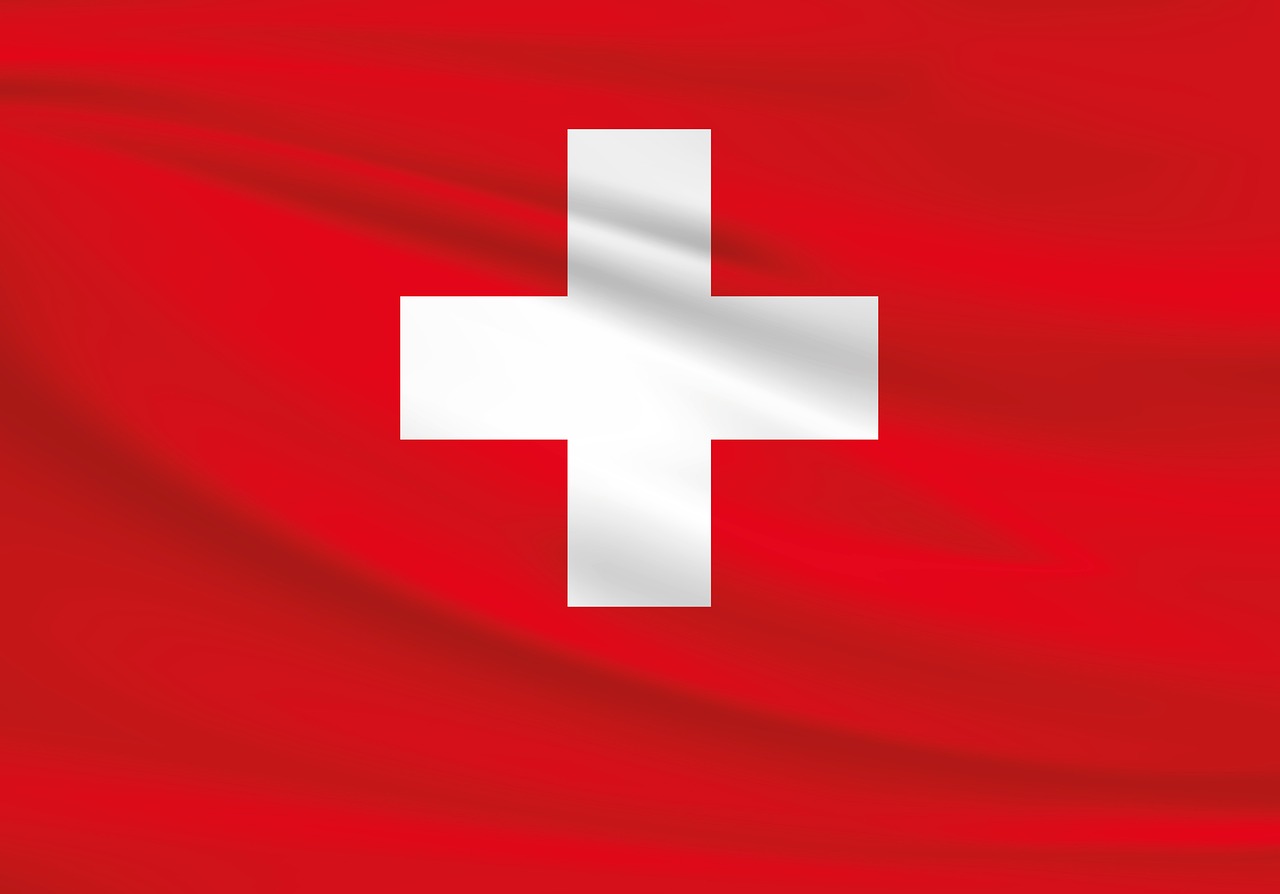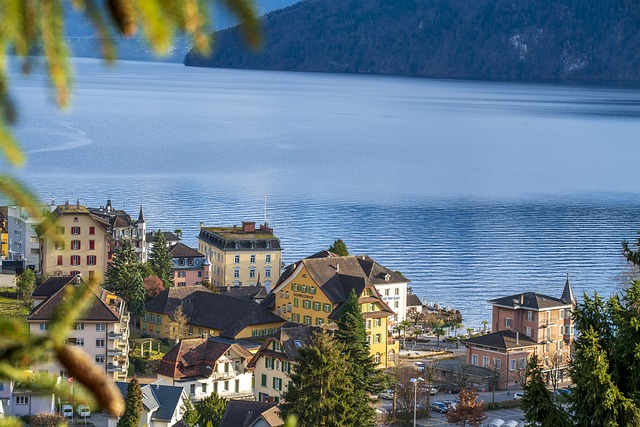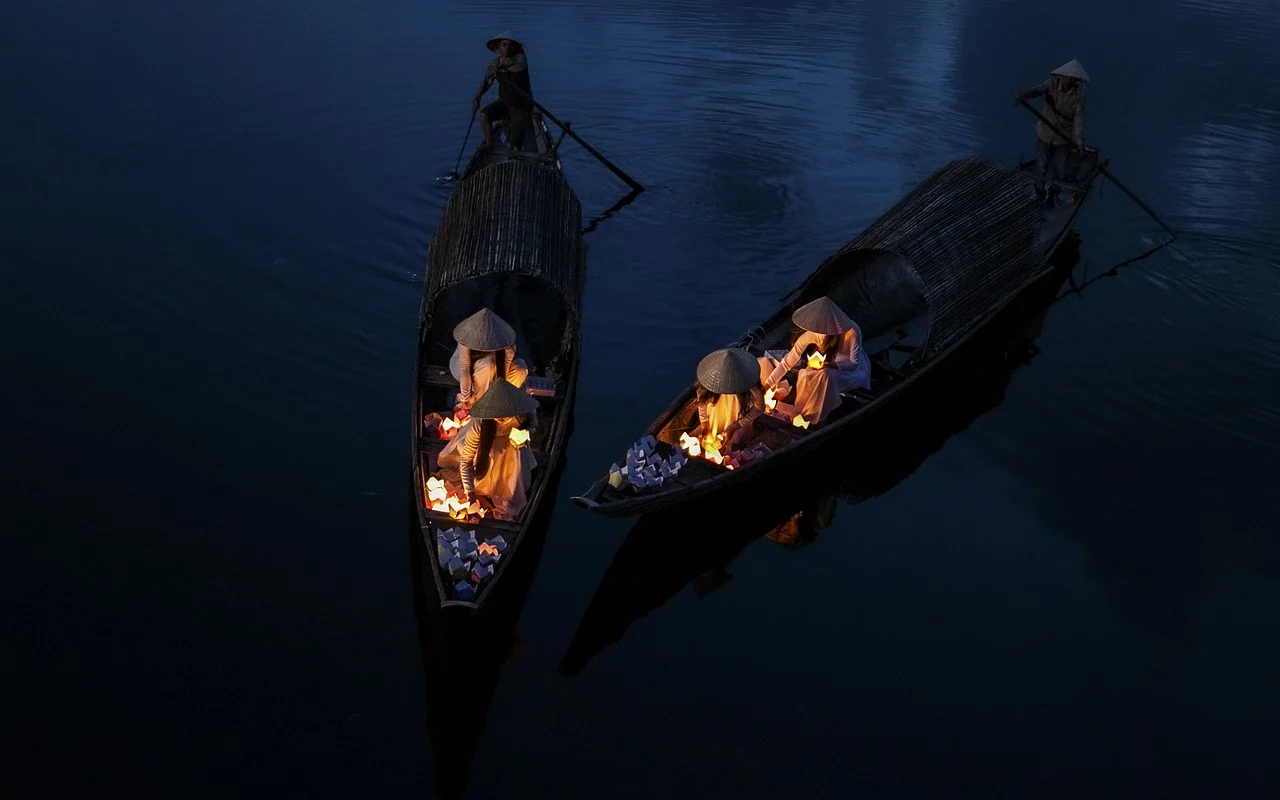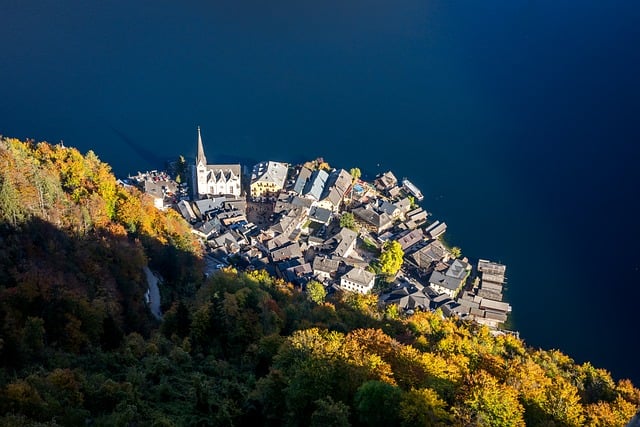Swiss Dance and Theater: Cultural Performances
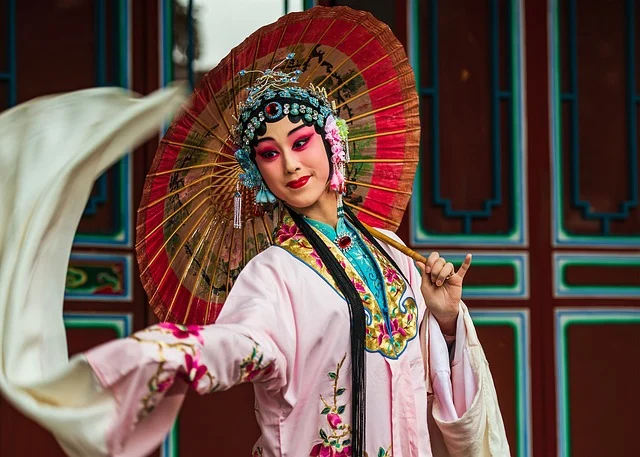
Switzerland, a country renowned for its breathtaking landscapes, precision engineering, and rich cultural heritage, is also home to a vibrant and diverse performing arts scene. Swiss dance and theater are integral parts of the nation’s cultural identity, reflecting its multilingual and multicultural character. From traditional folk performances to contemporary avant-garde productions, Swiss dance and theater offer a fascinating glimpse into the country’s artistic soul. In this article, we will explore the history, styles, and significance of Swiss dance and theater, as well as highlight some of the most iconic performances and venues.
The Cultural Context of Swiss Dance and Theater
Switzerland’s unique cultural landscape is shaped by its four official languages—German, French, Italian, and Romansh—and its location at the crossroads of European traditions. This diversity is reflected in its performing arts, where regional influences blend with global trends to create a rich tapestry of expression.
Swiss dance and theater are deeply rooted in the country’s history, with traditions dating back centuries. At the same time, Switzerland has embraced innovation, making it a hub for experimental and contemporary performances. Whether it’s a traditional folk dance in a mountain village or a cutting-edge theater production in Zurich, Swiss performing arts celebrate both heritage and modernity.
Traditional Swiss Dance: A Celebration of Heritage
Traditional Swiss dance is an essential part of the country’s cultural heritage, often performed at festivals, weddings, and other communal events. These dances are deeply connected to Swiss folklore and reflect the customs and values of different regions.
1. Folk Dances
Swiss folk dances are characterized by their lively and rhythmic movements, often accompanied by traditional music played on instruments like the accordion, fiddle, and alphorn. Some popular folk dances include:
- Schottisch: A partner dance similar to the polka, often performed at social gatherings.
- Ländler: A traditional couple’s dance that originated in the Alpine regions and is considered a precursor to the waltz.
- Polka: A fast-paced dance that is popular in both German-speaking and French-speaking regions of Switzerland.
2. Costumes and Music
Traditional Swiss dance is often performed in colorful regional costumes, which vary depending on the area. These costumes, with their intricate embroidery and distinctive designs, add a visual element to the performances. The music, too, plays a crucial role, with yodeling and alpine horns adding a uniquely Swiss flavor.
3. Cultural Festivals
Swiss folk dances are prominently featured at cultural festivals such as the Fête des Vignerons (Winegrowers’ Festival) in Vevey and the Unspunnen Festival in Interlaken. These events celebrate Swiss traditions and attract visitors from around the world.
Swiss Theater: A Blend of Tradition and Innovation
Swiss theater is as diverse as the country itself, with each linguistic region contributing its own style and themes. From classic plays to experimental performances, Swiss theater reflects the nation’s multilingual and multicultural identity.
1. Historical Roots
Theater in Switzerland has a long history, dating back to medieval religious plays and Renaissance court performances. In the 19th and 20th centuries, Swiss theater flourished, with playwrights like Friedrich Dürrenmatt and Max Frisch gaining international acclaim. Their works often explored themes of morality, identity, and the human condition.
2. Regional Styles
- German-Speaking Switzerland: Known for its intellectual and philosophical approach, German-Swiss theater often features thought-provoking plays and avant-garde productions. Zurich, Basel, and Bern are major hubs for theater in this region.
- French-Speaking Switzerland: Influenced by French culture, theaters in cities like Geneva and Lausanne are known for their elegance and sophistication. They often stage classic French plays alongside contemporary works.
- Italian-Speaking Switzerland: The Ticino region has a vibrant theater scene that blends Italian influences with Swiss creativity. Lugano and Locarno are key centers for Italian-Swiss theater.
3. Contemporary Theater
Swiss contemporary theater is known for its innovation and experimentation. Many Swiss theaters collaborate with international artists, pushing the boundaries of traditional performance. Physical theater, multimedia productions, and immersive experiences are increasingly popular.
Iconic Swiss Dance and Theater Performances
Switzerland has produced numerous iconic performances that have left a lasting impact on the world of dance and theater. Here are a few notable examples:
1. “The Visit” by Friedrich Dürrenmatt
This classic Swiss play, written by Friedrich Dürrenmatt, is a darkly comedic exploration of justice, revenge, and morality. It has been performed worldwide and remains a cornerstone of Swiss theater.
2. “The Firebird” by Geneva Ballet
The Geneva Ballet, one of Switzerland’s premier dance companies, has gained international recognition for its stunning performances. “The Firebird,” a ballet based on Russian folklore, is one of their most acclaimed productions.
3. “Mummenschanz”
This Swiss performance art group is famous for its unique blend of theater, dance, and visual art. Using masks, props, and imaginative costumes, Mummenschanz creates whimsical and surreal performances that captivate audiences of all ages.
Prominent Swiss Dance and Theater Venues
Switzerland is home to world-class venues that showcase the best of Swiss and international performing arts. Some of the most notable include:
1. Zurich Opera House
Located in Zurich, this historic venue is renowned for its opera, ballet, and theater performances. It is considered one of the leading opera houses in Europe.
2. Theater Basel
As one of the largest and most innovative theaters in Switzerland, Theater Basel offers a diverse program of plays, musicals, and dance performances.
3. Montreux Jazz Festival
While primarily known for music, the Montreux Jazz Festival also features dance and theater performances, making it a cultural highlight on Lake Geneva.
4. Lucerne Culture and Congress Centre (KKL)
This iconic venue in Lucerne hosts a wide range of performances, from classical concerts to contemporary theater and dance.
The Role of Dance and Theater in Swiss Society
Dance and theater play a vital role in Swiss society, serving as platforms for cultural expression, social commentary, and community building. They bring people together, foster creativity, and preserve traditions while embracing innovation. In a country with such diverse linguistic and cultural backgrounds, performing arts help bridge differences and create a shared sense of identity.
